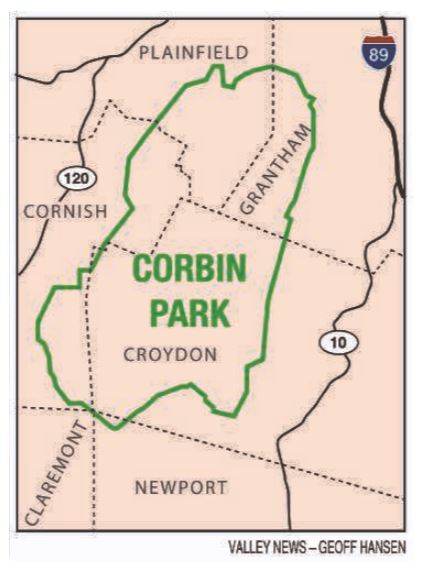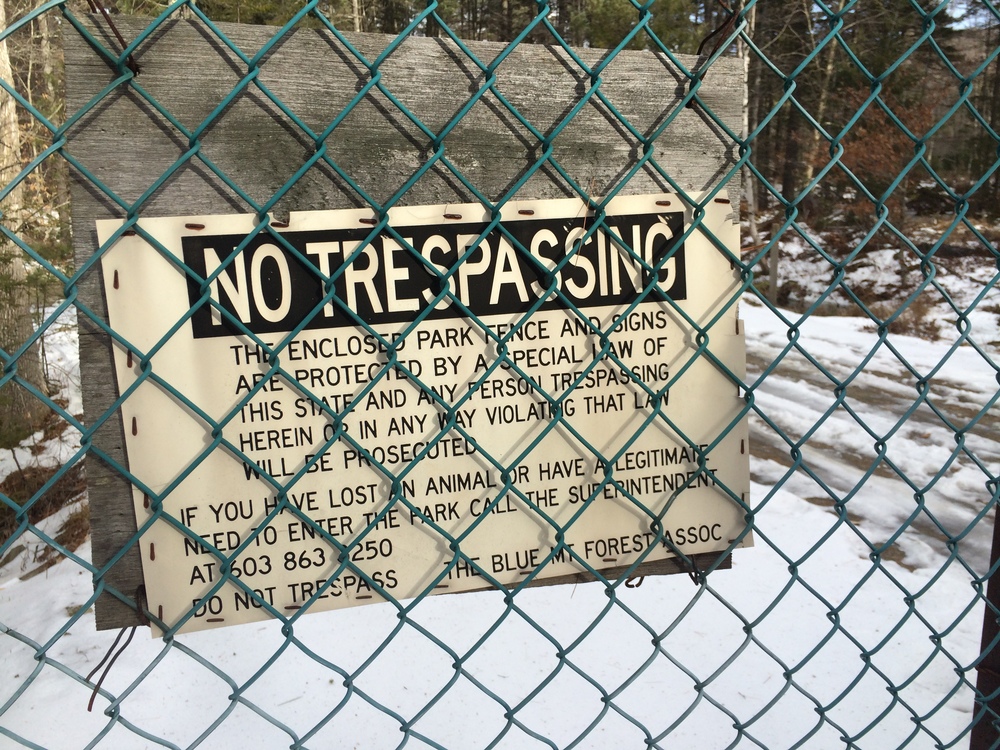Anybody who has raised pigs or visited a pig farm knows that while this animal is smart and cute, they can be destructive and mean and dangerous as all get-out. Wild pigs are even more so, which is why their continued spread in the U.S. and Canada is one of the more alarming of the many alarming invasive-species stories out there.
This Atlantic magazine article (read it here) calls it a “feral swine bomb” which is a great phrase – all three of its word pack a punch. Feral! Swine!! Bomb!!!
Years ago, reducing feral-pig populations hardly seemed worth the money, but today these animals are responsible for an estimated $2.5 billion worth of damage in the U.S. each year—mostly by mowing down farmers’ crops, as well as attacking calves, lambs, and pregnant livestock, and destroying native plants, animals, and precious habitats. A feral pig can host at least 30 viral and bacterial diseases, along with nearly 40 parasites.
New Hampshire is the one spot in the Northeast with a feral pig population, and it’s due to Corbin Park, the 25,000-acre private hunting preserve in Sullivan County. The park was established in the 1890’s and stocked with wild pigs, among other animals. They have continued to breed and occasionally escape the 25-mile-long fence.

Allowing them to stay there is like allowing outdoor breeding of Asian long-horned beetles or some other invasive that produces horrible economic and environmental damage if it spreads. It’s crazy – and what’s crazier is that because of century-old rules, you can’t even shoot the pigs if they escape because they’re considered private property. I wrote about this in January as part of a failed attempt to require hunting licenses in the park (story here).
NHPR’s Outside/In did a great story about Corbin Park in 2016: Read/listen here.
New England Historical Society wrote about Austin Corbin, who founded the park. The article calls him a ‘part-hog, part-shark’ robber baron: Read it here.


 Return to the Concord Monitor
Return to the Concord Monitor
I saw Feral Swine Bomb open for Uriah Heep in 1996.
Oh so funny. Thank you, I needed that.
Like everything else in this country money and politics always have the upper hand.
Corbin park is for the rich and they control through political favors how the laws of the feral hogs will be established.
Why else would this state not have open season with a policy (you see one you kill it) knowing that when these pigs get out of control it’ll be to late and the state of New Hampshire will be on the list of many states loosing millions of dollars in damage and the politician’s will have a problem they’ll never be able to get under control.
So let’s wake up and start encouraging hunters to hunt these hogs before it’s to late.
I saw Foreigner open up for Uriah Heep in 1977😛
If I recall correctly, the owners of Corbin Park put up buildings without any permits, and denied they did so until someone flew over and took a picture. Also, the fencing is extremely easy to get under in some sections bordering Cornish, especially close to one of their access gates. Swine easily get around it and have been seen in downtown Lebanon.
So why is this allowed to exist, considering the owners don’t care to deal honestly with the town and state, and can’t correctly manage their hunting stock?
Feral pigs have been shot and sighted outside Corbin Park. One was shot about twenty years ago in Stoddard.
I agree, this is trouble waiting for a chance to explode.
The Goshen Neighborhood Watch Facebook page had pictures last year of a wild hog in somebody’s yard. We all know the guy. He doesn’t invent wild rumors or spread fake pictures around. We are about 20 miles from Corbin Park.
A friend of mine had her car broadsided by one of these pigs on I-89. It did extensive damage to the car. I don’t know how the pig faired.
Feral swine are allowed to be shot outside of the park if you receive permission from park personnel. Permission is almost always given.
Yes – you need to contact them and wait for an answer. Hopefully the pig hasn’t wandered off by then.
The official position of Corbin Park (aka Blue Mountain Forest Association) has in the past been stated as follows:
‘Please shoot it. We take no position on ownership, but if it is ours, you have our permission”
Why should we need Corbin’s Park permission to shoot there hogs outside the park. I think they should put a bounty on these hogs with the bounty being paid by Corbin park and the proceeds given to fish and game department to start a program to totally wipe out the feral hogs in NH . Corbin park created the problem let them pay to correct the problem
I was a member of a Army Scout platoon in the 70’s. On a training exercise in Georgia, I actually witnessed a wild boar ram and flip one of our jeeps causing serious damage to it. The driver suffered a broken arm and dislocated shoulder. The hog ran off looking uninjured. Not a creature I would want in my neighborhood, run into hiking and unarmed. Not native to NH. Kill onsight seems a reasonable policy.
Such a stupid, non sense rule! No wild hog hunting without permission of their owner!
Read that again! Typical NH nonsense! How does a hunter get permission? It’s feral, wild! No one knows who the owner may be! Like coyote, kill it, bury it!
The owners of this park should be held liable for any damage caused by wild pigs within 50 miles of it. If “sportsmen” members want to hunt pigs so badly, there are plenty of places farther south where they can get permits to hunt these invasive, destructive, expensive, and dangerous wild animals and do some good by hunting them there.